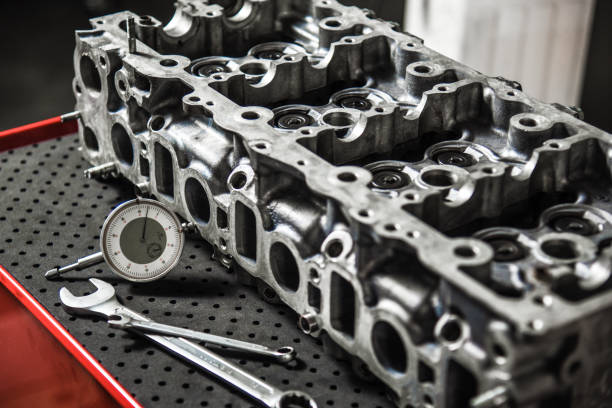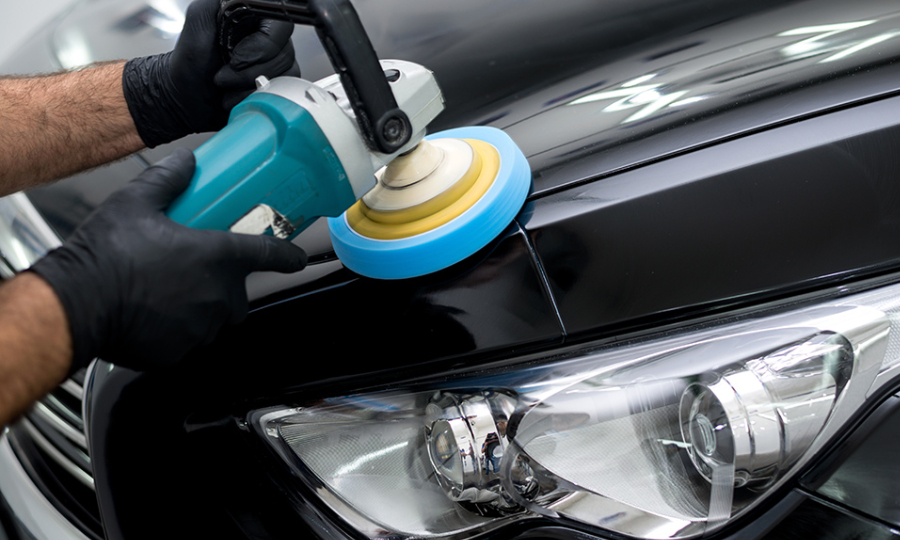If you have some knowledge about the parts and components of the engine, you must have heard of the cylinder head and its function. The cylinder head sits at the top of the engine and works as the most important unit of the combustion chamber. In this guide, we will help you know more about cylinder heads in detail.
What is a cylinder head?
The cylinder head is a part of the engine, also known as the mechanical control centre of the engine. Cylinder heads seal the top of the cylinder that contains coolant and oils. The cylinder of the engine is the meeting point where ignition occurs. Cylinder heads are made from aluminium or cast iron. However, aluminium is expensive to produce. You can search for the cylinder head services near me to get your fuel system checked. These are robust since they have to withstand pressure and high temperature during the process of combustion. They also have injectors and valves used to control airflow and fuel deployment.
What role does a cylinder head play?
The cylinder head inside the car engine plays a key role in the vehicle. While sitting at the top of the combustion unit, it is sealed with the help of a head gasket. The cylinder head seals the number of passages known as tracks or ports through which the air goes to the valves. These valves and tracks keep the airflow and oil flow optimum and keep the combustion process working. Inside the combustion chamber, the air and exhaust gases enter and leave through the ports of a cylinder head. For the engines with multiple exhaust valves and intake per cylinder, there may be one port per cylinder. Another big task of the cylinder head is to ensure the cylinder is getting constant lubrication. If the cylinders are well lubricated, there will be a smooth combustion process and car engine operation. This is the reason why the cylinder head is known as the indispensable part of the engine.
Construction of the cylinder head
The cylinder head is not only the most important part of the engine but is very expensive because of the complex construction and structure. The reason behind the complex construction is that the cylinder heads are exposed to extreme temperatures during the process of combustion. To withstand the constant pressure and extreme temperature, these are made to be robust. However, the structure of the cylinder head differs depending on the type of engine your vehicle has. In the case of gasoline engines, the components of the cylinder head include exhaust ducts and inlets, exhaust valves, camshafts, injectors and spark plugs. All of these components work together to initiate the fuel combustion and proper injection of fuel into the combustion chamber.
Whereas the vehicles with diesel engines have cylinder heads that contain inlet and exhaust ducts, exhaust valves, injectors, camshafts and glow plugs. The glow plugs in these cylinder heads act as a cold start. However, the injectors are used for the injection of fuel into the combustion chambers in diesel engines. Inside the engine of diesel vehicles, the camshafts are responsible for the opening and closing of cylinder valves. All these parts work jointly to allow the exhaust gases to escape from the cylinders and authorise the air-fuel mixture to enter the cylinders.
Issues in cylinder heads
Although the cylinder heads in the engine are one of the most robust parts, they also can get damaged. The cylinder head has a complex structure as it has to perform various high-end tasks. The complex structure and the number of tasks make them prone to defects and damage. One of the most common defects of the cylinder head is the leaking cylinder head gasket. The damage in the head gasket occurs because of the increased abrasion, extreme temperature and high pressure. Unfortunately, the cylinder itself can also get damaged due to several possible reasons. For example, the high temperature, extreme pressure and strong vibrations caused during the process of combustion can damage the cylinder. The constant vibrations can result in cracks in the cylinder, which need to get repaired immediately. If the damage in the cylinder head or cylinders is left untreated, you may have to experience a major fault.
The repairing of the cylinder head is also very expensive due to its complex structure and extensive work. However, in most cases, you are only required to replace the components of the cylinder head, such as valves. Some of the common signs of cylinder head damage include loss of power, poor cold start, and oil in the cooling water.
Conclusion
The cylinder noggin is the essential part of the engine responsible for closing the combustion chamber of the engine from the top. The upper part of the engine block is called the cylinder head, and it closes off the combustion chamber to keep the process optimal.



